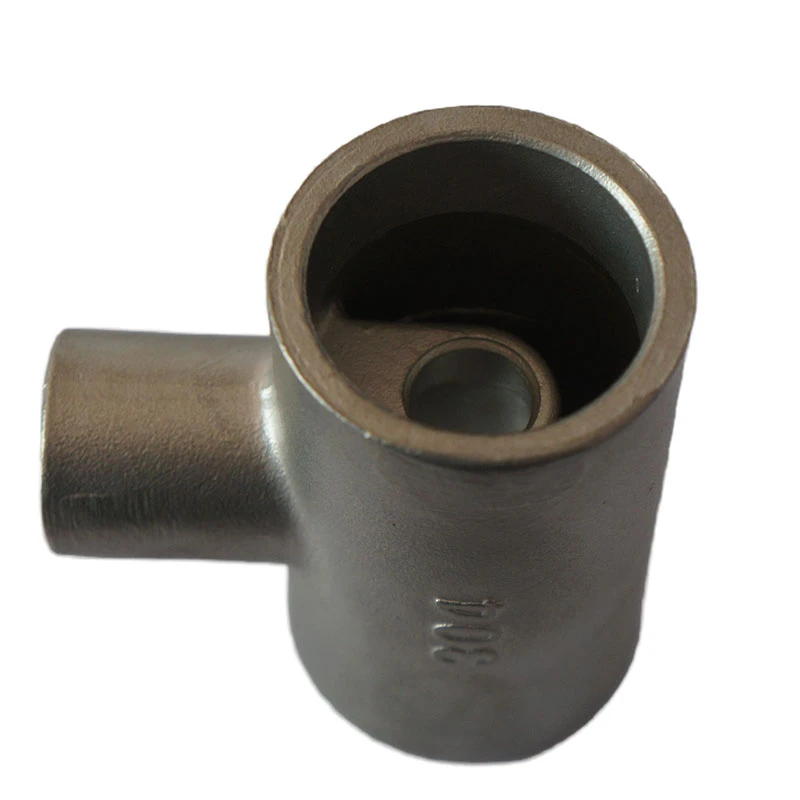die casting method
Understanding the Die Casting Method An Essential Guide
Die casting is a well-established manufacturing process that plays a crucial role in the production of metal parts. It involves forcing molten metal into a mold cavity under high pressure, resulting in precise, complex shapes with excellent surface finishes. This method is widely employed in industries such as automotive, aerospace, electronics, and consumer goods due to its ability to produce large quantities of parts quickly and efficiently.
The Die Casting Process
The die casting process can be broken down into several key steps
1. Mold Preparation The first step involves preparing the die, which is typically made from steel to withstand the high pressure and temperature of the molten metal. The mold is designed with two halves—an ejector side and a fixed side—allowing for easy removal of the finished product.
2. Melting the Metal Common metals used in die casting include aluminum, zinc, magnesium, and copper alloys. These materials are melted in a furnace, reaching temperatures significantly above their melting points.
3. Injection Once the metal is molten, it is injected into the mold cavity at high pressure using a plunger or piston. This pressure can reach up to several thousand psi, ensuring that the metal fills every detail of the mold.
4. Cooling After injection, the molten metal is allowed to cool and solidify in the mold. The cooling time varies depending on the thickness of the part and the metal used.
5. Ejection Once solidified, the mold is opened, and the cast part is ejected using ejector pins. The precision of this step is vital as it ensures that the part remains intact and retains the desired dimensions.
6. Finishing After ejection, the final product may undergo various finishing processes such as trimming, machining, or surface treatment to enhance its properties or appearance.
die casting method

Advantages of Die Casting
The die casting method offers several advantages that contribute to its popularity
- High Precision Die casting produces parts with excellent dimensional accuracy, often within ±0.005 inches, which minimizes the need for secondary machining operations.
- Complex Geometries The technique allows for the production of intricate shapes that would be challenging or impossible to create with traditional manufacturing methods.
- Efficiency Die casting is designed for high-volume production, making it an economical choice for producing large quantities of parts in a relatively short time.
- Material Efficiency The process minimizes waste as the excess material can often be re-melted and reused, making it both cost-effective and environmentally friendly.
Limitations
Despite its numerous benefits, die casting does have some limitations. The initial setup costs for creating the molds can be high, making it less ideal for small production runs. Additionally, certain metals may not be suitable for die casting, and the process may not be appropriate for very thick parts due to cooling issues.
Conclusion
Die casting has evolved significantly over the years and continues to be a key method in modern manufacturing. It offers unparalleled precision, efficiency, and design flexibility, making it an invaluable technique across various industries. As technology advances, innovations in die casting methods, materials, and processes are likely to further enhance its capabilities, solidifying its role in the future of manufacturing. Whether for automotive components, electronic housings, or intricate industrial parts, understanding die casting is essential for anyone involved in the production of high-quality metal products.
-
Aluminium Pressure Die Casting High-Precision & Durable Solutions for Complex PartsNewsJul.08,2025
-
Top Aluminum Sand Castings Manufacturer – Precision Green Sand Castings for Industrial NeedsNewsJul.08,2025
-
Precision Lost Wax Casting Quotes – High Accuracy Custom Parts Lost Wax Precision Casting ServicesNewsJul.07,2025
-
High-Quality Sand Used for Casting - Superior Sand for Sand Casting ProcessesNewsJul.07,2025
-
China Supply High End Metal Stamping Parts Sino - Precision Manufacturing FactoryNewsJul.06,2025
-
High-Quality Automotive Investment Casting Services Precision & Sand Casting SolutionsNewsJul.06,2025















